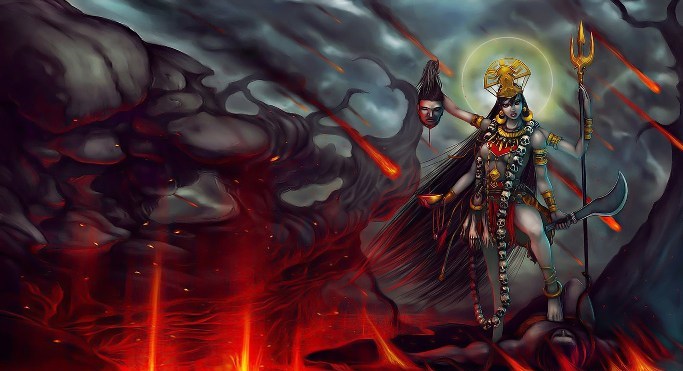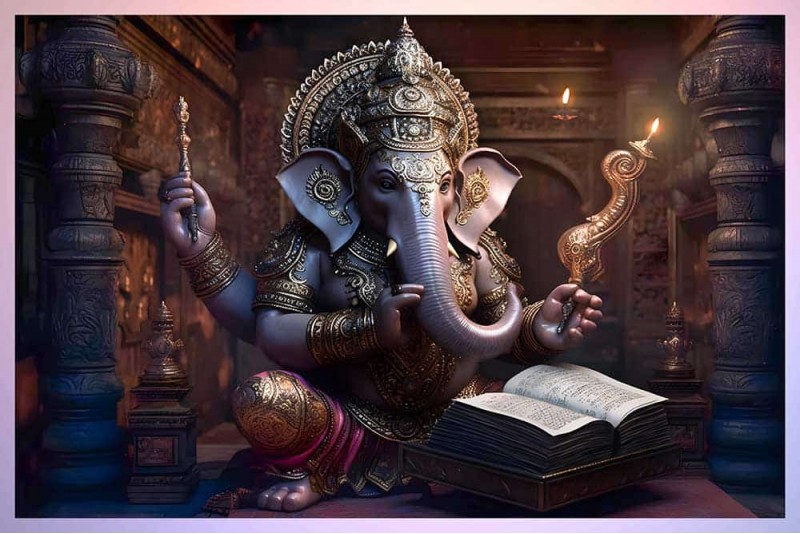One of the most popular Hindu holidays in India is Ganesh Chaturthi, often referred to as Vinayaka Chaturthi. Lord Ganesha, the renowned elephant-headed god who is regarded as the remover of barriers and the god of wisdom and beginnings, was born on this auspicious date. The celebration usually occurs between August and September during the Hindu month of Bhadrapada. The entire nation celebrates it with great fervour and dedication.
STORY BEHIND Ganesh Chaturthi
The history of Ganesh Chaturthi is very interesting. Hindu mythology holds that Goddess Parvati, Lord Shiva’s wife, formed Lord Ganesha while taking a bath from the dirt on her body. She designated him as her guardian and gave him the order to bar anyone from the toilet. The young boy’s refusal to let Lord Shiva in when he returned infuriated him, and a fight broke out in which Ganesha’s head was severed .
When Parvati caught sight of this scene, she transformed into the goddess Kali and declared that she would end the world. Everyone was concerned about this and prayed to Lord Shiva to find a solution and subdue Goddess Kali’s rage. Shiva then commanded all his followers to run off and find a child whose mother was neglectful, turning her back on her child and bringing his head. The followers saw the first child as an elephant, so they cut off his head and brought it to Lord Shiva as instrcted.

Lord Shiva quickly placed the head on Ganesha’s body, where it was rejuvenated. As Maa Kali’s fury waned, Goddess Parvati was once more defeated. The chief of Shiva’s ganas, sometimes known as his attendants, Ganesha or Ganapati, had a cordial welcome into the Hindu sky and was given the name of the elephant-headed deity. Ganesha is the most significant deity in the Hindu pantheon.
The Celebrations
The ten-day Ganesh Chaturthi celebrations are customarily marked by the most lavish festivities, which are held in Mumbai and other parts of the western state of Maharashtra. Beautifully made clay statues of Lord Ganesha are placed in pandals, which are temporary temples found everywhere. These idols are decorated with bright decorations and presented with floral, confectionary, and coconut offerings.
To obtain Lord Ganesha’s blessings, devotees offer prayers and engage in aarti, a practise involving the waving of lit lamps. The air is filled with the sound of bhajans, or devotional songs, which intensifies the mood. The idols are submerged in rivers, lakes, or the sea with tremendous ceremony and procession on the tenth day, which is referred to as Anant Chaturdashi. In doing so, Lord Ganesha promises to return the following year and returns to his heavenly abode.
The Significance
Beyond its religious significance, Ganesh Chaturthi is incredibly significant. People from all walks of life gather together to celebrate, which fosters unity and a sense of community. As many organisations now advocate eco-friendly idols constructed of natural materials to minimise water pollution during immersion, it also emphasises the significance of environmental conscience.
In conclusion, Ganesh Chaturthi is not only a religious festival but also a cultural extravaganza that signifies the spirit of joy, togetherness, and reverence for wisdom and new beginnings. It showcases the rich tapestry of India’s traditions and the enduring love and devotion of its people toward Lord Ganesha.

